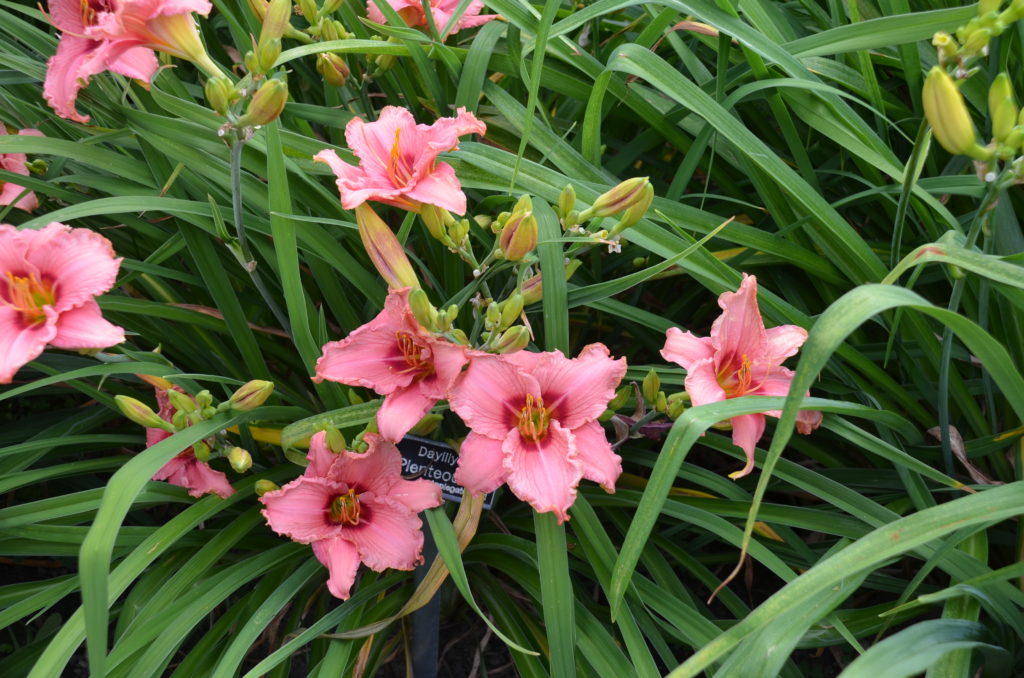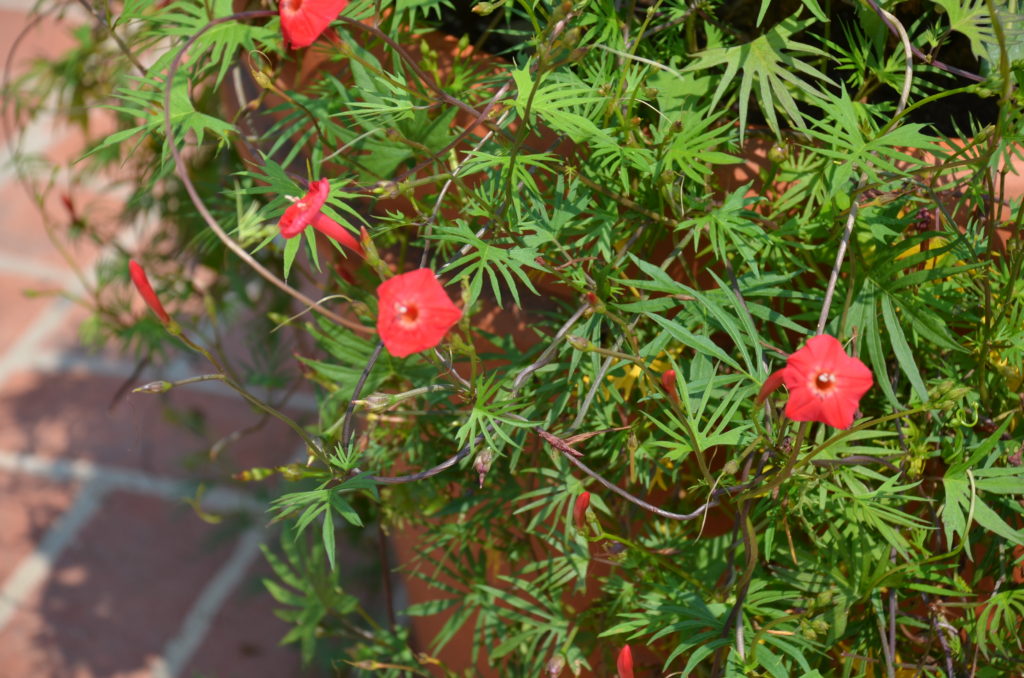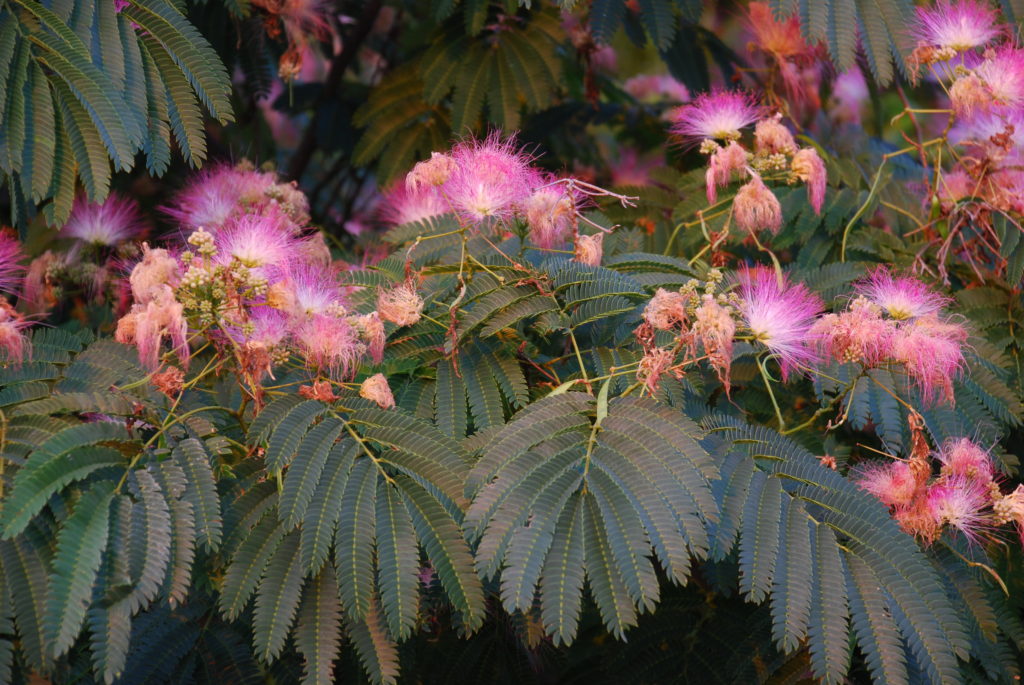This time of year many gardeners are setting out bird feeders, including those filled with a sugar solution to encourage hummingbirds to visit your garden. Unfortunately, the sugary drink will also attracts numerous ants, bees, and wasps. When warm spring and summer weather arrives, the solution clouds up with bacteria which ferments or perhaps fatal to the birds. In addition to adding feeders, plant several woody trees and shrubs, perennials, and annuals to your landscape, raised beds and containers.
The kinds of flowers that attract hummers are tubular in shape and red in color, although they’re frequently seen visiting orange, yellow, purple or even blue flowers, offering you plenty to choose from. Avoid considering double-flowered forms which are poor nectar producers and aren’t attractive to pollinators.
Here are some of my favorite hummingbird plants:
Perennials:

Anise hyssop (Agastache spp.)
Foxglove (Digitalis purpurea)
Daylilies (Hemerocallis spp.)
Blazing Star (Liatris spicata)
Red cardinal flower (Lobelia cardinalis)
Great blue lobelia (L. siphilitica)
Lupine (Lupinus perennis)
Beebalm (Monarda spp.)
Catmint (Nepeta spp.)
Beardstongue (Penstemon spp.)
Garden phlox (Phlox paniculata)
Sage (Salvia spp.)
Annuals:

Snapdragons (Antirrhinum spp.)
Cuphea, cigar plant (Cuphea spp.)
Impatiens (Impatiens spp.)
Lantana (Lantana spp.)
Cypress vine (Ipomoea quamoclit)
Flowering tobacco (Nicotiana spp.)
Salvia (Salvia spp.)
Zinnia (Zinnia spp.)
Woody plants:

Mimosa tree (Albizia julibrissin)
Trumpetvine (Campsis radicans)
Rose of Sharon (Hibiscus syriacus)
Coral honeysuckle (Lonicera sempervirens)
Azaleas and rhododendrons (Rhododendron spp.)
Weigela (Weigela florida)

 Posted in
Posted in 
